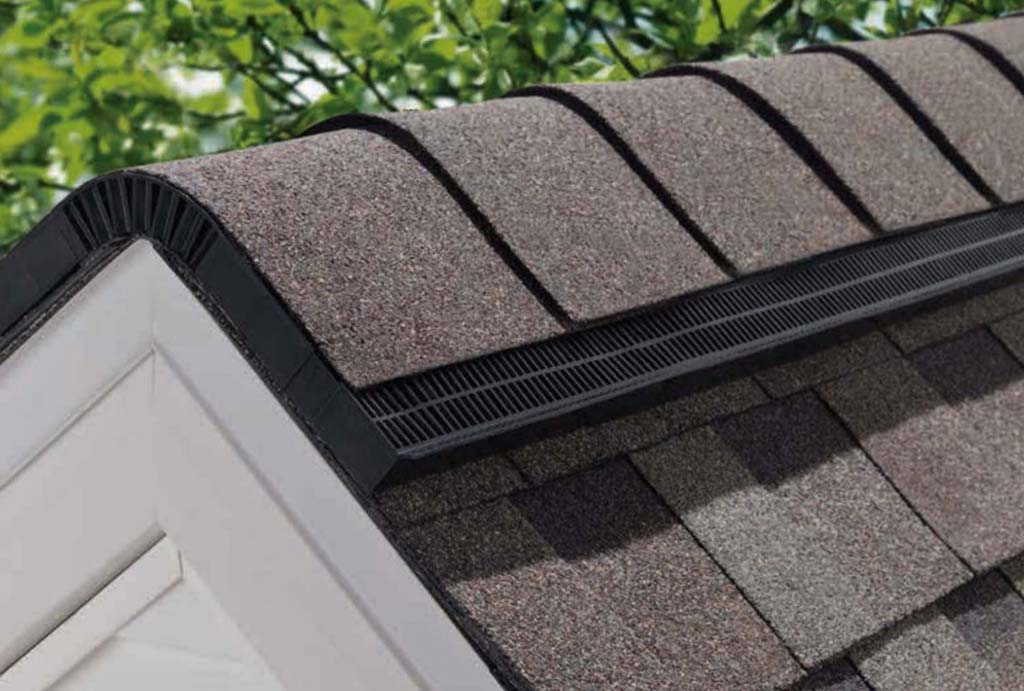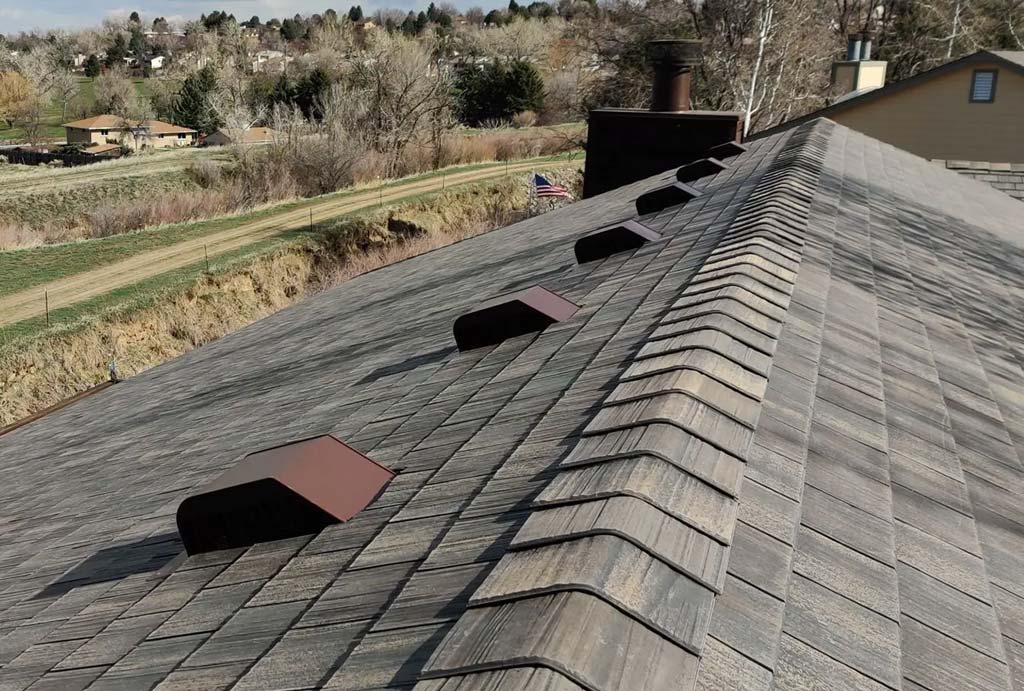At Stay Dry Roofing, we see firsthand how proper roof ventilation makes the difference between a healthy, long-lasting roof and one that’s full of costly problems. In Indianapolis’ hot, humid summers and freezing winters, your attic needs a way to breathe. When it does, your whole home stays safer, more comfortable, and less expensive to run. Below we explain, in plain language, how roof ventilation protects your Indianapolis home, what to look for, and how we can help.
What is roof ventilation in one sentence
Roof ventilation is a system of intake and exhaust vents that keeps air moving through your attic, so heat and moisture don’t build up and damage your roof or home.
Why ventilation matters in Indianapolis weather
Indianapolis swings between hot, humid summers and snowy, freezing winters. In summer, a poorly ventilated attic can heat up far above your living space, which forces your air conditioner to work harder and shortens shingle life. In winter, trapped warm air and poor ventilation can melt snow on the roof, which then refreezes at the eaves creating ice dams that push water under shingles and into your home. Both situations lead to higher energy bills and expensive repairs. Proper ventilation is the simplest, most cost-effective way to reduce those risks.
How ventilation protects your roof and shingles
Shingles don’t like extreme heat or trapped moisture. When your attic gets too hot in summer, the asphalt in shingles softens and ages faster. Over time that reduces the shingles’ ability to shed water and voids some manufacturer warranties. In the other direction, moisture buildup from indoor humidity and roof leaks causes rot in sheathing, mold growth, and deterioration of roof components. A well-balanced intake (soffit) and exhaust (ridge, gable, or powered) system maintains a steady airflow that keeps attic temperatures and moisture levels in check extending the life of your roof.
How ventilation protects your home’s structure and indoor air
Moisture that lingers in your attic can condense on framing members and insulation. Over time that causes wood rot, insulation failure, and mold that can drift into your living areas. That’s not just a roofing problem it’s a home health problem. Good ventilation helps keep humidity down, protecting rafters, trusses, insulation, and the indoor air you and your family breathe.
The energy-saving advantage
When your attic stays cooler in summer, your HVAC system doesn’t have to fight a giant heat trap above it. That lowers cooling costs and reduces strain on your equipment. Proper ventilation combined with adequate insulation creates a thermal balance that keeps conditioned air where it belongs inside your living spaces and not wasted in the attic. The result: lower utility bills and a longer-lived HVAC system.
Types of vents we install and why they matter
We install and repair the full range of attic ventilation systems, so you get the best solution for your home:
- Soffit vents: Low on the eaves; they bring fresh air in (intake).
- Ridge vents: Run along the peak; they let hot air escape (exhaust).
- Gable vents: Installed on end-walls; work best with proper intake.
- Powered vents: Mechanical fans that boost airflow where passive vents aren’t enough.
The most effective system balances intake and exhaust. Too much exhaust without intake can pull conditioned air from the living space into the attic, and too much intake without proper exhaust causes stagnant air. We evaluate your roof layout and insulation and design the system that will work best for your home.
Signs your home might have poor ventilation
Look for these warning signs and call us if you spot them:
- High energy bills in summer without an obvious cause.
- Hot attic temperatures (if you check safely).
- Ice dams or consistent snow melting at the roof peak in winter.
- Staining or discoloration on ceilings or roof sheathing.
- Mold, mildew, or a musty smell in the attic or upper floors.
- Shingles that look prematurely brittle, curled, or cracked.
If you see any of these, it’s worth getting a professional inspection. Many of these problems start small and become expensive fast.
How we assess and fix ventilation problems
At Stay Dry Roofing, our inspection starts with a full attic check: we measure vent area, inspect insulation, and look for blocked or improperly installed vents. Then we recommend fixes that match your home from adding soffit vents and ridge vents to installing baffles that prevent insulation from blocking airflow. When necessary, we’ll replace worn vents or add powered solutions for optimal performance. Our goal is a balanced, code-compliant system that protects your roof and your warranty.
Why professional installation matters
Ventilation sounds simple, but poor placement, wrong vent types, or blocked intakes defeat the whole system. Many roofers install vents without checking intake, or they place vents where insulation will block them. A professional inspection prevents those mistakes and makes sure your ventilation works as a system, not a patchwork. We design solutions that meet manufacturer requirements, so you don’t accidentally void shingle warranties.
Small fixes that pay off big
You don’t always need a full roof job to improve ventilation. Common affordable fixes include:
- Cleaning soffit channels and cutting blocked vent holes.
- Installing or replacing ridge vents.
- Adding baffles to keep insulation from covering intake vents.
- Replacing rusted or damaged attic vents.
A quick upgrade can stop moisture damage, reduce energy bills, and avoid big repairs later.
Why Stay Dry Roofing?
We’re an Indianapolis roofing company built around quality, integrity, and customer care. We’ve worked on hundreds of local roofs and know Indiana weather and the trouble it can cause intimately. When we inspect your attic, we don’t guess we measure, document, and propose the right fix so your roof performs for years. If you want a free, no-pressure inspection, call (317) 308-7773 or schedule online we’ll help you understand what your ventilation system needs and why.
Quick checklist for homeowners
- Have an inspection every few years, or after major storms.
- Keep soffit vents clear of insulation and debris.
- Ask for a ventilation report that shows intake vs. exhaust ratios.
- Combine ventilation upgrades with insulation improvements for best results.
Final word
Your roof protects everything underneath it, your family, your belongings, your home’s structure. Ventilation may be invisible, but it’s one of the most powerful, cost-effective tools to protect that investment. At Stay Dry Roofing, we build ventilation systems that keep Indianapolis homes dry, comfortable, and worry-free year after year. Reach out and let us inspect your attic, one call might save you thousands down the road.



